Until the 1980s, Germany’s jewelry industry was very nearly the world’s largest, second only to Italy as the global leader. Nowadays most jewelry is made in India, followed by China. Italy still ranked seventh until recently, while Germany no longer numbers among the top ten jewelry manufacturing countries.
But along with this development, a remarkable change occurred in Germany and, to a lesser extent, in several of neighboring countries. To the same degree that industrial mass production disappeared, individual workshops re-established themselves in which small series of sophisticatedly designed and primarily handcrafted jewelry are produced.
Alongside jewelry from a few manufactories and the very small proportion of artistic one-of-a-kind jewelry, these artisanal workshops – and the authentic personalities who run them – cultivate a contemporary jewelry culture worthy of its name. All of these craftspeople have developed their own unique “handwriting” in the course of thorough training in craftsmanship and mostly complementary design at specialized academies. Our examples show that this development is also able to survive crises.
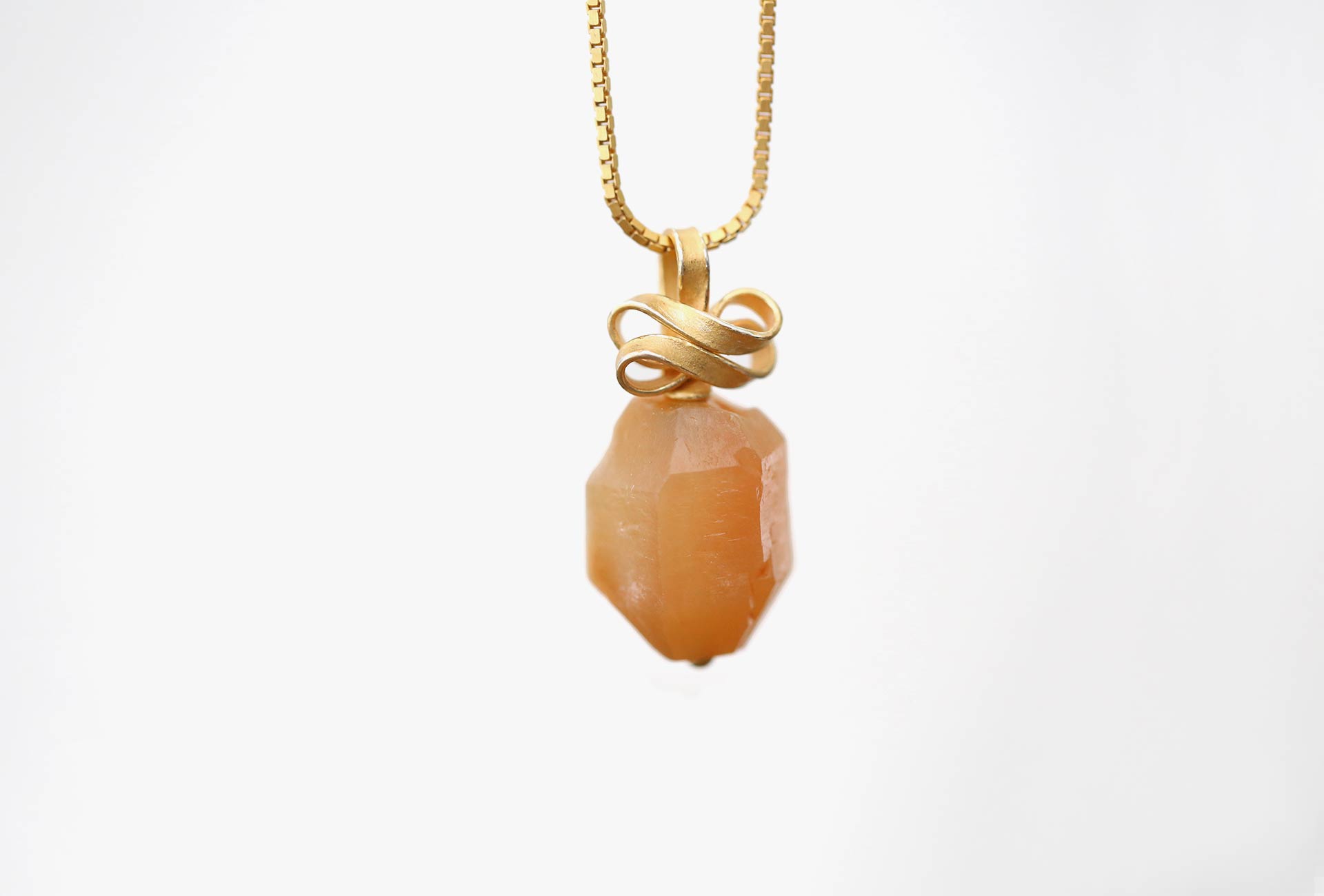
Vera Rhodius is one of the few jewelery designers to be exhibiting at Inhorgenta in Munich from April 8th to 11th. Pendant. Carnelian crystal, silver, fine gold plated. Inhorgenta hall B2, booth 547. www.vera-rhodius-schmuck.de

Angela Hübel, Liaison1 gold ring. 750 rose gold. www.angelahuebel.de

Oliver Schmidt, Luna earrings. 750 yellow gold, forged, two diamonds. www.ol-schmidt.de

Tanja Friedrichs, Mirrow ring. 750 rose gold, from 5 rings. www.tanjafriedrichs.de
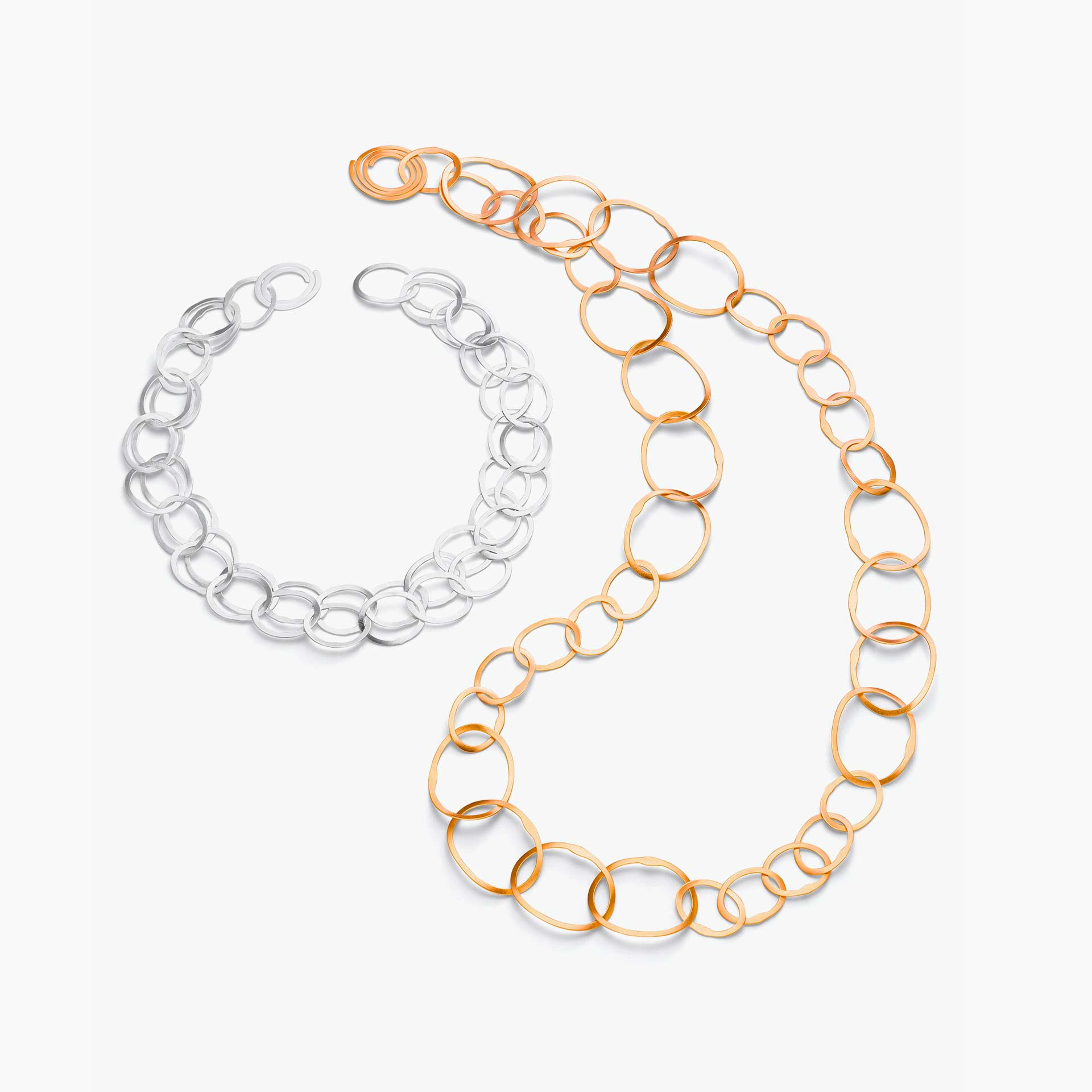
Antje Liebscher, Two necklaces. Handmade eyelet, curved, silver and silver plated with rose gold. Inhorgenta Hall B2, booth 539. www.antje-liebscher.com

Corinna Heller, 8-bracelet. 750 white gold, diamonds, 750 yellow gold, sailor cord. www.corinnaheller.de
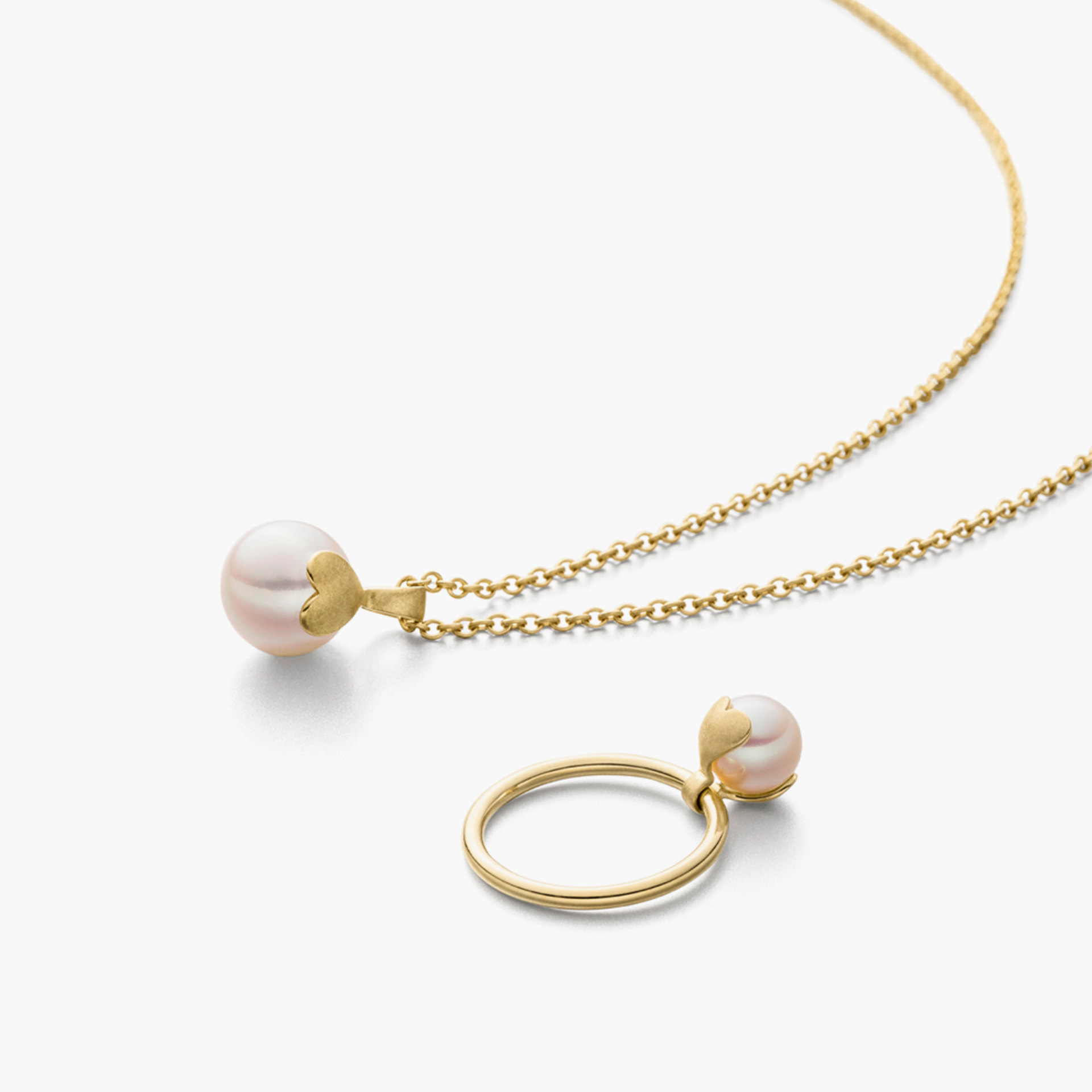
Eva Strepp, Pendant and ring from the series Valentin. 750 yellow gold, freshwater pearls. www.evastrepp.de
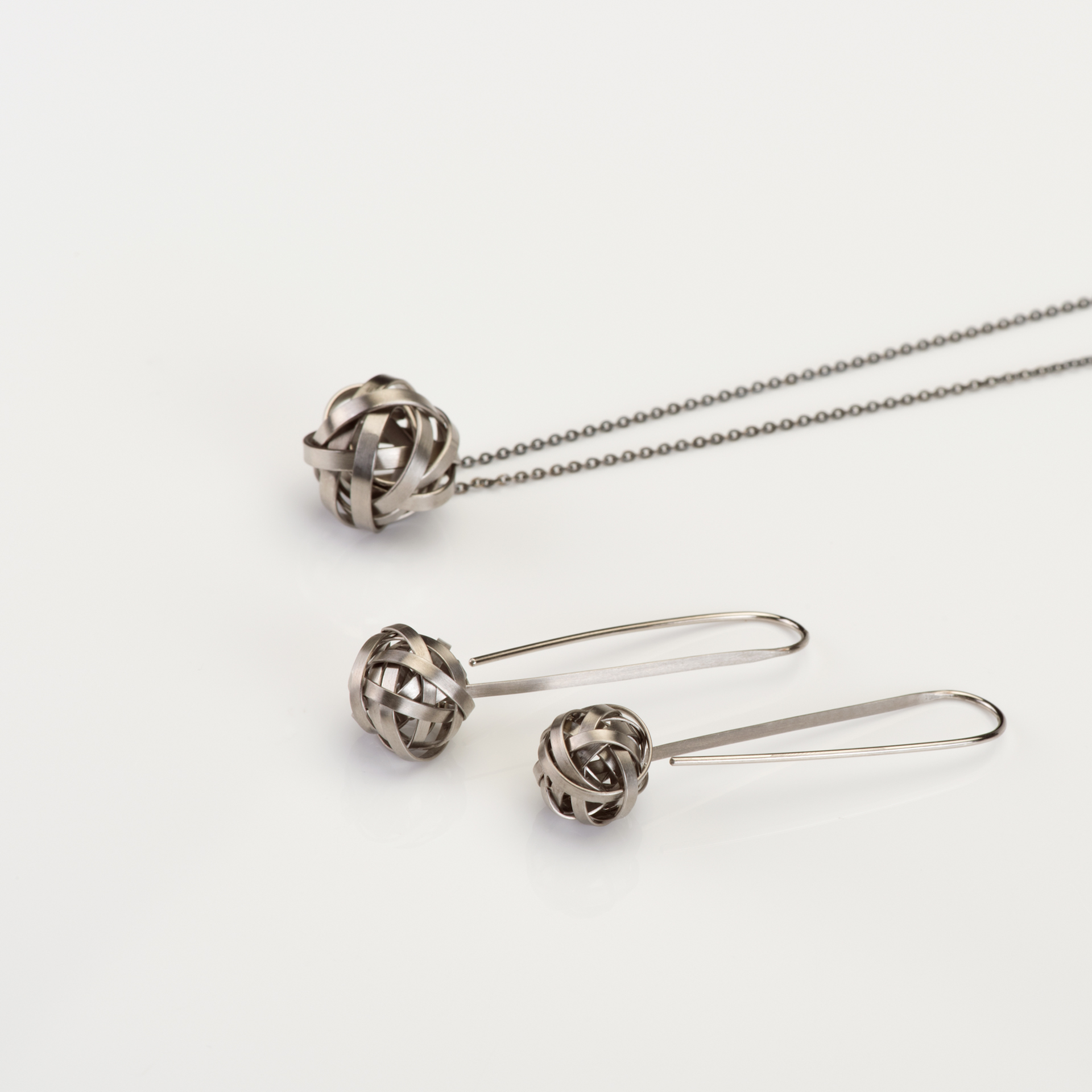
Claudia Geiger, Cluster pendant and earrings, 750 white gold. www.claudiageiger.de
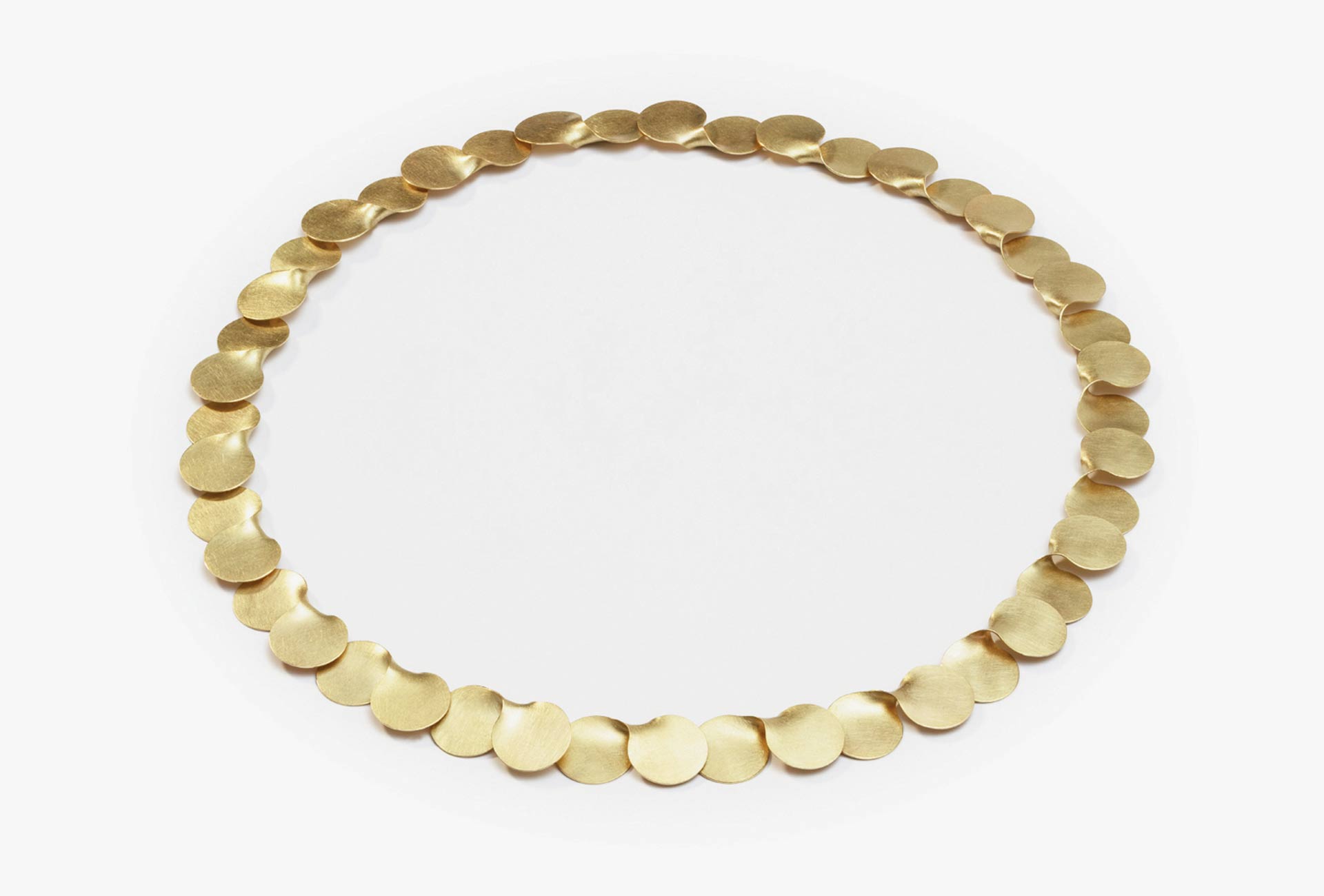
Christiane Iken, Bone necklace. 750 yellow gold. www.christiane-iken.de

Claudia Milić, Blossom necklace. Silver 925 rhodium-plated. www.claudia-milic.de